Little Beaver Historical Society Podcast
Special Online Digital Exhibit
The One-Room School House
School Houses
One Room All Together
One-room school houses were typically uninteresting in their architecture; aesthetically, form followed function. Most were built of logs, wood planks, stone, or bricks favoring a rectangular floor plan. However, there were exceptions. Some school houses were built in an octagonal style for better lighting. Some where ornate. And some were even two or three stories.
The design of one-room schools was often carefully considered. Historians at the Locust Grove Schoolhouse museum state in “Typical Characteristics of One-Room Scholhouses” that builders often worked from architectural guides:
They specified “pediments and arches over prominent entrances and prominent entry towers or bell towers denoting the school’s public function” and recommended “modest brackets” to distinguish common stone buildings as public institutions. One-room schoolhouse plans did not incorporate windows in the wall opposite the main door, so as not to backlight the teacher or blackboard writing. Large side windows were specified to allow natural daylight to illuminate the building even on cloudy or rainy days. Architects even suggested that windows be placed only on the left side of the classroom, as to not create shadows for right-handed scholars’ when practicing penmanship.
As the name implies, students and teacher conducted their business in one room, usually heated by a by a central coal or wood stove. Buildings sometimes had small ante rooms, closets, or storage spaces, but the defining feature of these schools was their grand room were all instruction and other daily school activities were held. In many situations, male teachers (and their families) lived in rooms or attached buildings often called a teacherage. Female teachers (oftentimes single) typically lodged nearby with a local family.
Richard J. Fraise's 1888 History of Education in Beaver County
This 19th century account of the origins of education and schooling in Beaver County is perhaps our most detailed and definitive historical record on the subject. Click the image to view and read the document online.
We must educate or we must perish, is a saying that has met the approval of intelligent citizens everywhere. Schools well supported and properly conducted are the cheap defense of nations. Happy is the land whose marks show that the school-master is abroad. The education of the whole man, body, soul and spirit, is the panacea for most of the ills that afflict the commonwealth.
This truth was recognized by the early inhabitants of Beaver county. The three structures that received their early care were a cabin for the family, a cabin for the church and a cabin for the school. In many cases one structure answered all purposes for a time; then the same answered for school and church. As time advanced the style of architecture improved, and the equipments and conveniences were greatly multiplied. Time and space forbid our drawing a picture of the old log school—house with wide—throated chimney, puncheon floor, slab seats and desks, greased paper for windows; occupied by a master with brawny muscle, his principal occupation being making pens out of quills . . .
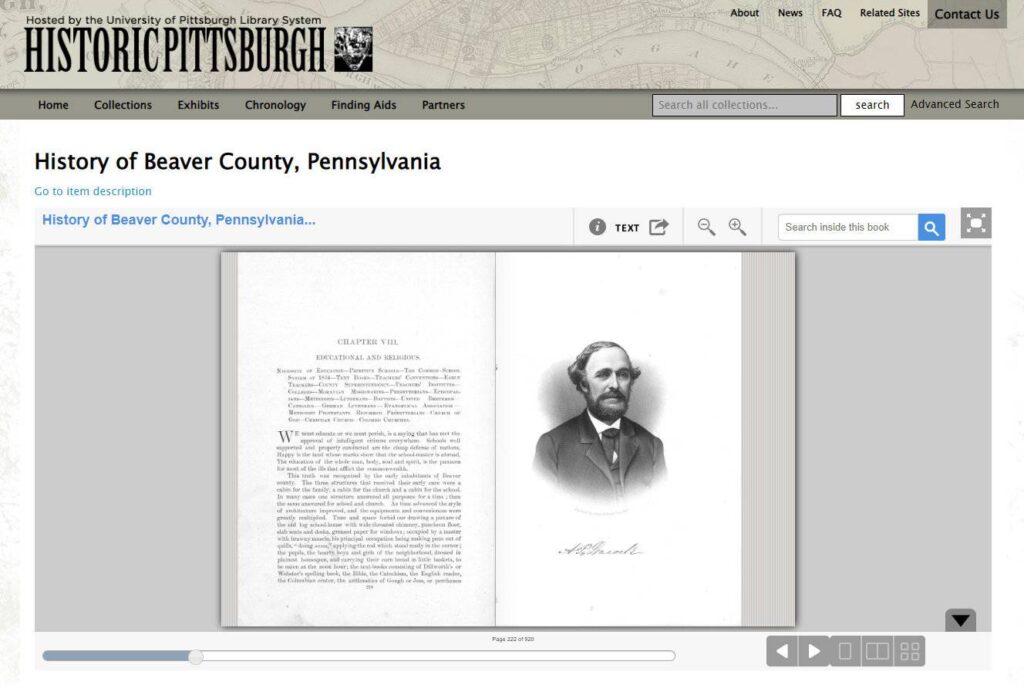
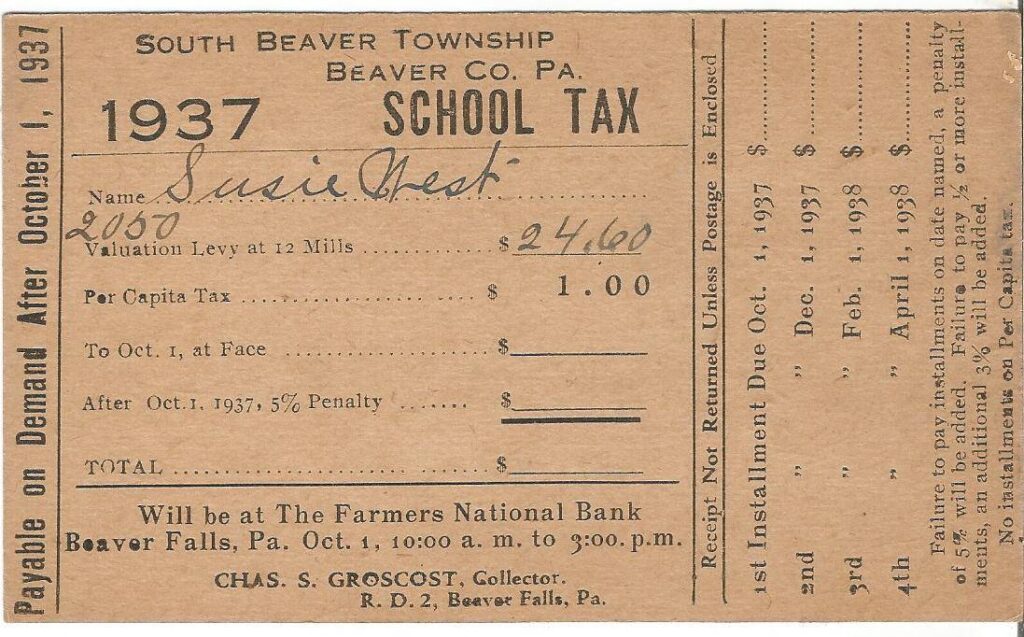
The Price of Free Schools
Following the state legislature’s lead, Beaver County was an early adopter of the free school system of education. To pay for schools, a system of taxation was created nearly a century before this 1937 tax receipt was established. Beaver County historian Richard Fraise writes:
The act of the [Pennsylvania] assembly establishing the free schools of the commonwealth was approved by the governor April 1, 1834 . . . The order of advance was first the private pay school; then the public pay school; then the academy or seminary, and lastly the public free school. It took time, and money, and patience, and more—earnest effort to reach the last. Opposition had to be encountered. Those not liberally educated themselves were averse to being taxed for the education of others. The efforts of General Lacock, Dr. Pollock and others of like character were required to convince the people that the public-school system was not only the best, but the cheapest for all classes. It equalized the burdens of society, and was the true safe-guard of republican institutions. Progress, of course, was made slowly. The victory, however, was won at last; and school-houses of an improved character, occupied with better furniture and more intelligent and efficient teachers, sprang up in every neighborhood. (History of Beaver County, p. 221)
Photos: Northern Beaver County One-Room School Houses
Source: Little Beaver Historical Society, Jeffrey Snedden, various contributors.
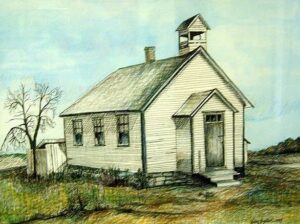
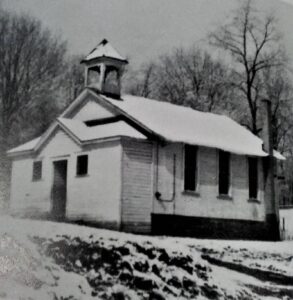
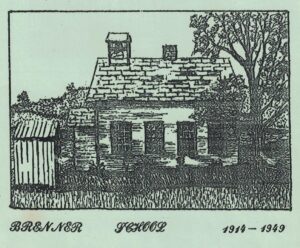
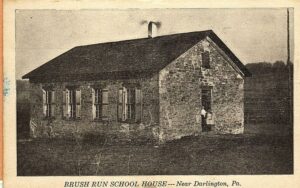
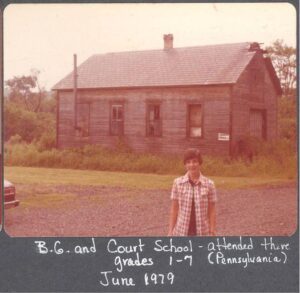
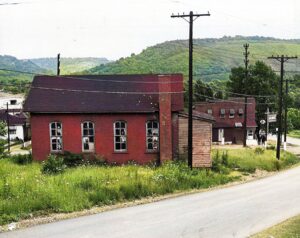
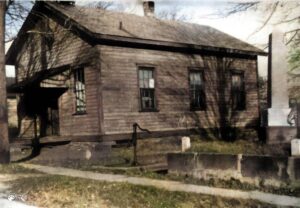
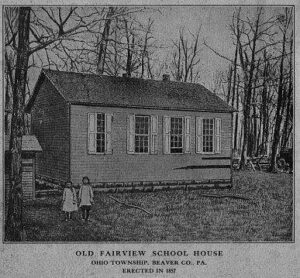
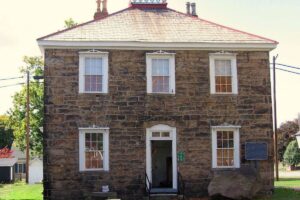
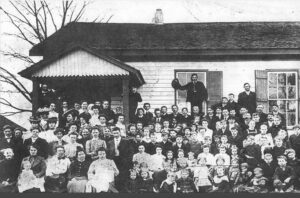
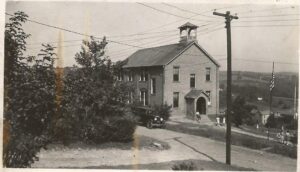
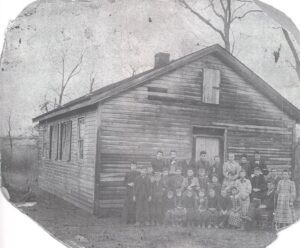
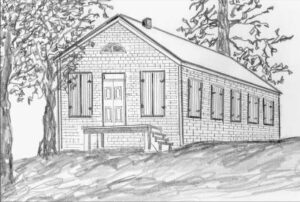
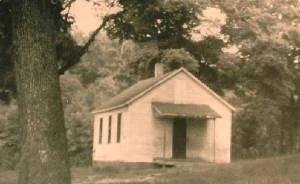
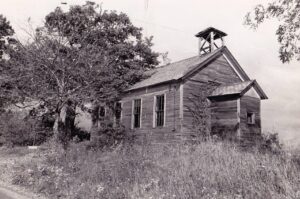
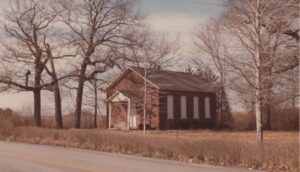
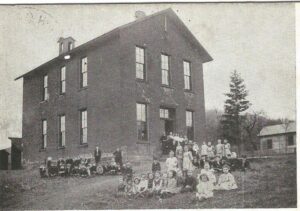
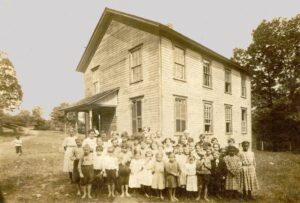
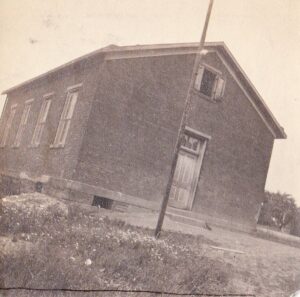
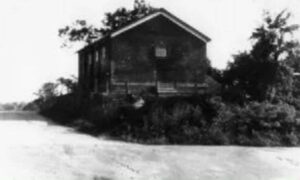
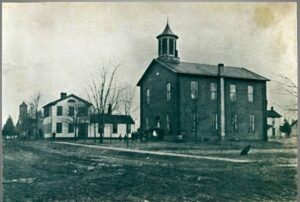
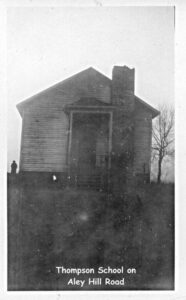
Community Schools
Beaver Falls: Little Red Schoolhouse
Big Beaver: Beatty School, Calhoon School, Clarks Run School, Dam School, Hoytdale School, Thompson School, Wallace Run School, Whan School
Chippewa: Braden School, McKinley School
Darlington Area: Brush Run School, Hartshorn School, Greersburg Academy, Second Greersburg Academy, Mt. Nebo School, Oakdale School
Eastvale: Eastvale School
Homewood: Homewood School
New Galilee: New Galilee School, McAnlis School
New Sewickley: Bakers, Big Knob, Boggs, Bonzo, Brenners, Crows Run, Knob, Leibolt, Lincoln, Majors, Mellon, Pine Run, Readers, Romigh, Steele, Teets, Unionville
North Sewickley: Bologne Valley School
Ohioville: Fairview School
South Beaver: Blue Ridge School, Court School, Groscost School, Johnson School, Lime Kiln School, McElheney School, McCloy School, Saint Rest School
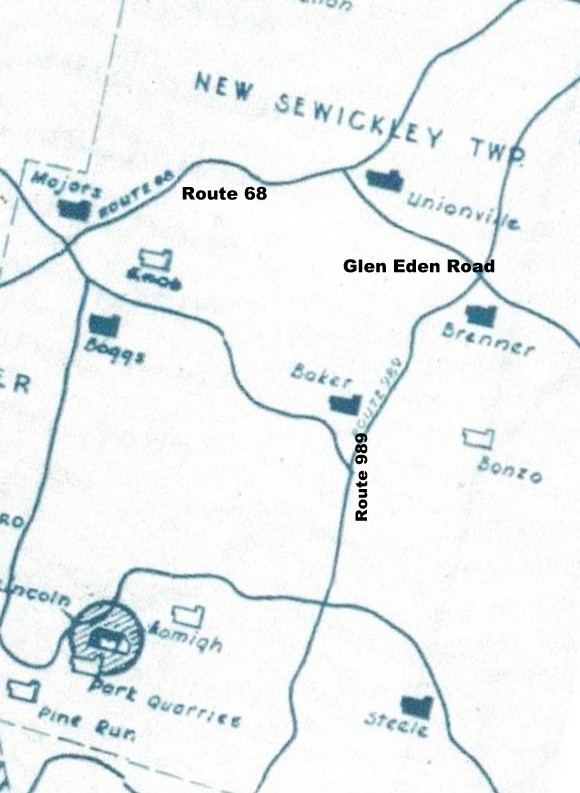
You must be logged in to post a comment.